Full Name Nat (Turner) Spouse(s) Cherry Name Nat Turner | Nationality American Parents Nancy Turner Ethnicity African American Children Riddick Turner | |
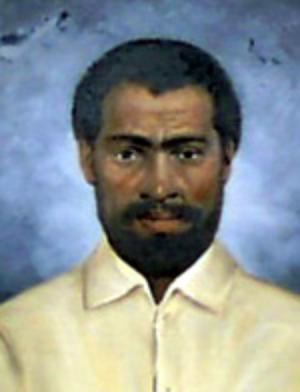 | ||
Known for Nat Turner's slave rebellion Books The Confessions of Nat Tur, The Confessions of Nat Tur, Confessions of Nat Turner, The Confession - Trial - and, The Confessions of Nat Tur Similar People Frederick Douglass, William Lloyd Garrison, Harriet Tubman, John Brown, William Styron | ||
Cause of death Execution by hanging | ||
Nat turner
Nat Turner (October 2, 1800 – November 11, 1831) was an enslaved African American who led a rebellion of slaves and free blacks in Southampton County, Virginia on August 21, 1831. The rebels went from plantation to plantation, gathering horses and guns, freeing other slaves along the way, and recruiting other blacks who wanted to join their revolt. During the rebellion, Virginia legislators targeted free blacks with a colonization bill, which allocated new funding to remove them, and a police bill that denied free blacks trials by jury and made any free blacks convicted of a crime subject to sale and relocation. The rebellion resulted in the deaths of 55 to 65 white people. Whites organized militias and called out regular troops to suppress the uprising. In addition, white militias and mobs attacked blacks in the area, killing an estimated 120, many of whom were not involved in the revolt.
Contents
- Nat turner
- nat turner
- Early years
- Rebellion
- Capture and execution
- Consequences
- Interpretations
- Legacy and honors
- In literature film and music
- References
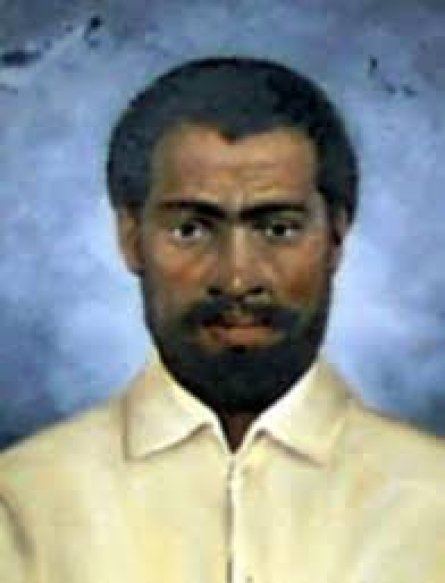
In the aftermath, the state quickly arrested and executed 55 blacks accused of being part of Turner's slave rebellion. Turner hid successfully for two months. When found, he was tried, convicted, sentenced to death, and hanged. Across Virginia and other southern states, state legislators passed new laws to control slaves and free blacks. They prohibited education of slaves and free blacks, restricted rights of assembly for free blacks, withdrew their right to bear arms (in some states), and to vote (in North Carolina, for instance), and required white ministers to be present at all black worship services.
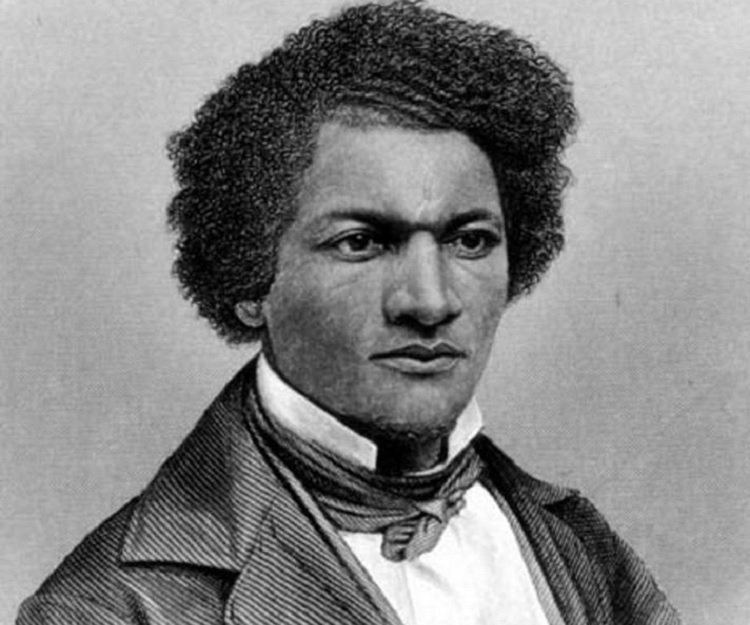
nat turner
Early years
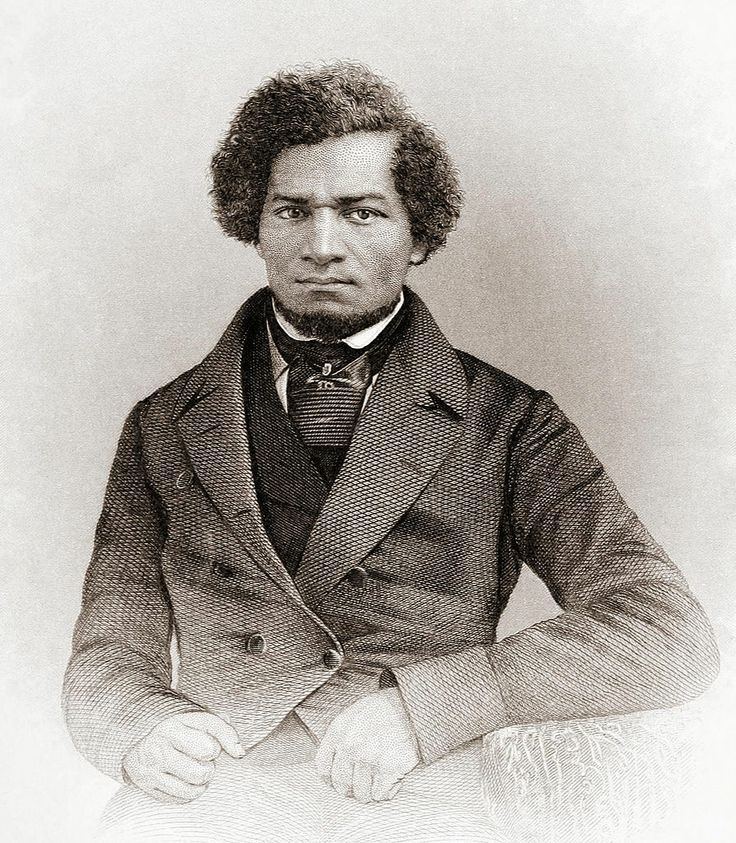
Born into slavery on October 2, 1800, in Southampton County, Virginia, the African-American boy was recorded as "Nat" by Benjamin Turner, the man who held his mother and him as slaves. When Benjamin Turner died in 1810, Nat became the property of Benjamin's son Samuel Turner. It is unclear whether Nat gave himself the name "Turner" or it was given to him by his master. Turner knew little about the background of his father, who was believed to have escaped from slavery when Turner was a young boy.
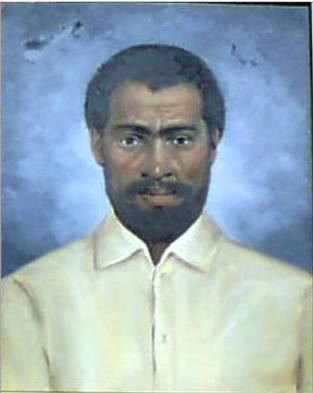
Turner spent his entire life in Southampton County, a plantation area where slaves comprised the majority of the population. He was identified as having "natural intelligence and quickness of apprehension, surpassed by few." He learned to read and write at a young age. Deeply religious, Nat was often seen fasting, praying, or immersed in reading the stories of the Bible.
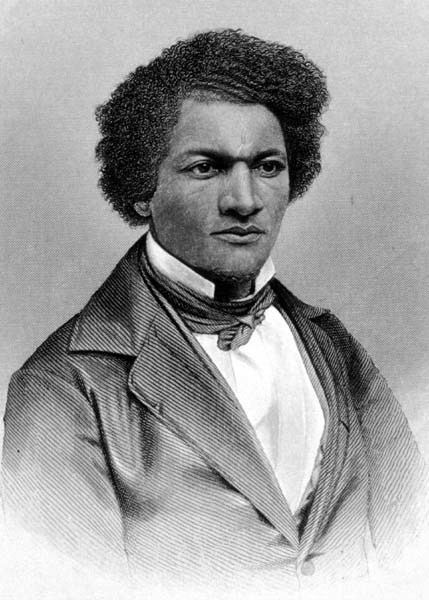
Turner's religious convictions manifested as frequent visions which he interpreted as messages from God. His belief in the visions was such that when Turner was 22 years old, he ran away from his owner; he returned a month later after claiming to have received a spiritual revelation. Turner often conducted Baptist services, preaching the Bible to his fellow slaves, who dubbed him "The Prophet". Turner garnered white followers such as Etheldred T. Brantley, whom Turner was credited with having convinced to "cease from his wickedness".
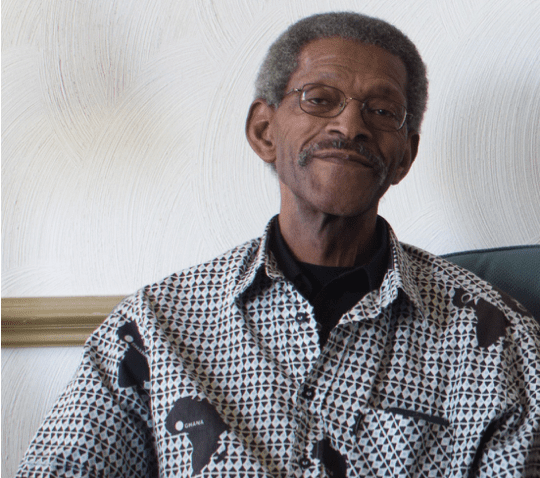
In early 1828, Turner was convinced that he "was ordained for some great purpose in the hands of the Almighty." While working in his owner's fields on May 12, Turner
heard a loud noise in the heavens, and the Spirit instantly appeared to me and said the Serpent was loosened, and Christ had laid down the yoke he had borne for the sins of men, and that I should take it on and fight against the Serpent, for the time was fast approaching when the first should be last and the last should be first.
Joseph Dreis wrote "In connecting this vision to the motivation for his rebellion, Turner makes it clear that he sees himself as participating in the confrontation between God's Kingdom and the anti-Kingdom that characterized his social-historical context." He was convinced that God had given him the task of "slay[ing] my enemies with their own weapons." Turner said, "I communicated the great work laid out for me to do, to four in whom I had the greatest confidence" – his fellow slaves Henry, Hark, Nelson, and Sam.
Beginning in February 1831, Turner claimed certain atmospheric conditions as a sign to begin preparations for a rebellion against slaveowners. On February 11, 1831, an annular solar eclipse was visible in Virginia. Turner envisioned this as a black man's hand reaching over the sun. He initially planned the rebellion to begin on July 4, Independence Day. Turner postponed it because of illness and to use the delay for additional planning with his co-conspirators. On August 13 there was another solar eclipse in which the sun appeared bluish-green, possibly the result of lingering atmospheric debris from an eruption of Mount St. Helens in present-day Washington state. Turner interpreted this as the final signal, and about a week later, on August 21, he began the uprising.
Rebellion
Turner started with a few trusted fellow slaves. "All his initial recruits were other slaves from his neighborhood". The neighborhood men had to find ways to communicate their intentions without giving up their plot. Songs may have tipped the neighborhood members on movements. "It is believed that one of the ways Turner summoned fellow conspirators to the woods was through the use of particular songs." The rebels traveled from house to house, freeing slaves and killing the white people they found. The rebels ultimately included more than 70 enslaved and free men of color.
Because the rebels did not want to alert anyone to their presence as they carried out their attacks, they initially used knives, hatchets, axes, and blunt instruments instead of firearms. The rebellion did not discriminate by age or sex, and members killed white men, women, and children. Nat Turner confessed to killing only one person, Margaret Whitehead, whom he killed with a blow from a fence post.
Before a white militia could organize and respond, the rebels killed 60 men, women, and children. They spared a few homes "because Turner believed the poor white inhabitants 'thought no better of themselves than they did of negros.'" Turner also thought that revolutionary violence would serve to awaken the attitudes of whites to the reality of the inherent brutality in slave-holding. Turner later said that he wanted to spread "terror and alarm" among whites.
Capture and execution
The rebellion was suppressed within two days, but Turner eluded capture by hiding in the woods until October 30, when he was discovered by farmer Benjamin Phipps. Turner was hiding in a hole covered with fence rails. While awaiting trial, Turner confessed his knowledge of the rebellion to attorney Thomas Ruffin Gray, who compiled what he claimed was Turner's confession. On November 5, 1831, Turner was tried for "conspiring to rebel and making insurrection", convicted, and sentenced to death. Turner was hanged on November 11 in Jerusalem, Virginia. His body was flayed and beheaded as an example to frighten other would-be rebels. Turner received no formal burial; his headless remains were possibly buried in an unmarked grave.
In 2002, a skull said to have been Turner's was given to Richard G. Hatcher, the former mayor of Gary, Indiana, for the collection of a civil rights museum he planned to build there. In 2016, Hatcher returned the skull to two of Turner's descendants. If DNA tests confirm that the skull is Turner's, they will bury it in a family cemetery.
Another skull said to have been Turner's ended up at the College of Wooster, where it was contributed to the school upon its incorporation in 1866. The school's only academic building burned down in 1901, and the skull was saved by Dr. H. N. Mateer. Visitors recalled seeing a certificate, signed by a physician in Southampton County in 1866, that attested to the authenticity of the skull, which was eventually misplaced.
In the aftermath of the insurrection, 45 slaves, including Turner, and five free blacks were tried for insurrection and related crimes in Southampton. Of the 45 slaves tried, 15 were acquitted. Of the 30 convicted, 18 were hanged, while 12 were sold out of state. Of the five free blacks tried for participation in the insurrection, one was hanged, while the others were acquitted.
Soon after Turner's execution, Thomas Ruffin Gray published The Confessions of Nat Turner. His book was derived partly from research Gray did while Turner was in hiding and partly from jailhouse conversations with Turner before trial. This work is considered the primary historical document regarding Nat Turner, but some historians believe Gray's portrayal of Turner is inaccurate and may have compromised the authenticity of the document.
Consequences
In total, the state executed some 55 black people suspected of having been involved in the uprising. But in the hysteria of aroused fears and anger in the days after the revolt, white militias and mobs killed an estimated 120 black people, many of whom had nothing to do with the rebellion.
The fear caused by Nat Turner's insurrection and the concerns raised in the emancipation debates that followed resulted in politicians and writers responding by defining slavery as a "positive good". Such authors included Thomas Roderick Dew, a College of William & Mary professor who published a pamphlet in 1832 opposing emancipation on economic and other grounds. In the period leading up to the American Civil War, other Southern writers began to promote a paternalistic ideal of improved Christian treatment of slaves, in part to avoid such rebellions. Dew and others believed that they were civilizing African Americans (who by this stage were mostly native-born) through slavery.
Interpretations
The massacre of blacks after the rebellion was typical of white fears and overreaction to black violence; many innocent blacks were killed in revenge. African Americans have generally regarded Turner as a hero of resistance, who made slave-owners pay for the hardships they had caused so many Africans and African Americans.
James H. Harris, who has written extensively about the history of the Black church, says that the revolt "marked the turning point in the black struggle for liberation". According to Harris, Turner believed that "only a cataclysmic act could convince the architects of a violent social order that violence begets violence".
In the period soon after the revolt, whites did not try to interpret Turner's motives and ideas. Antebellum slave-holding whites were shocked by the murders and had their fears of rebellions heightened; Turner's name became "a symbol of terrorism and violent retribution".
In an 1843 speech at the National Negro Convention, Henry Highland Garnet, a former slave and active abolitionist, described Nat Turner as "patriotic", stating that "future generations will remember him among the noble and brave". In 1861 Thomas Wentworth Higginson, a northern writer, praised Turner in a seminal article published in Atlantic Monthly. He described Turner as a man "who knew no book but the Bible, and that by heart who devoted himself soul and body to the cause of his race".
In the 21st century, writing after the September 11 attacks in the United States, William L. Andrews drew analogies between Turner and modern "religio-political terrorists". He suggested that the "spiritual logic" explicated in Confessions of Nat Turner warrants study as "a harbinger of the spiritualizing violence of today's jihads and crusades".
